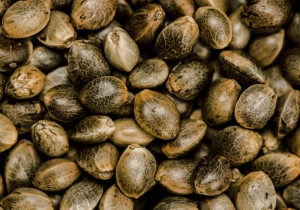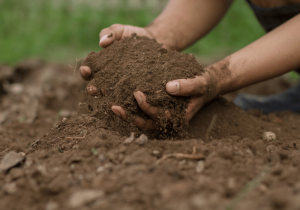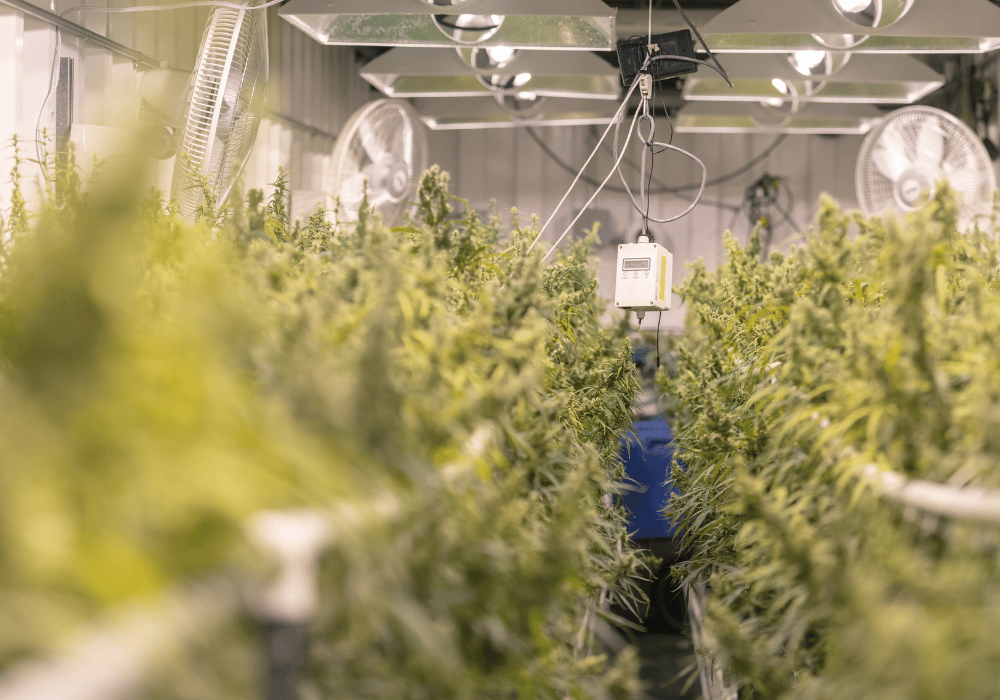Are you looking to start your own cannabis growing journey? Cultivating the perfect crop can be an incredibly rewarding experience, but it isn’t always easy. With the right tips and strategy in hand, anyone can learn how to begin their very own successful cannabis plant. In this beginner grower’s guide, we will discuss everything from strain selection and germination techniques to nutrition and pest control so that even novice growers can create some amazing buds! Keep reading to learn more.
Pick Your Cannabis Strain and Seeds 
Choosing which strain of cannabis to grow is a daunting task, especially for novice growers. However, with thorough research, you can find the perfect strain for your conditions. Before starting, it is essential to understand what each strain requires to thrive. For example, if you live in a colder climate, a strain like White Widow might be better suited to your environment, while Sativa strains need warmer temperatures to grow. Similarly, some strains require a lot of light, so if you have limited natural light available, you may need to invest in LED lighting. Knowing your strain’s needs is crucial to ensure a healthy growing experience, and once you have the right tools and environment in place, you’ll be rewarded with high yields of top-quality cannabis.
Germinate Your Cannabis Seeds
Germinating cannabis seeds can be a daunting task, but it doesn’t have to be. With proper knowledge and techniques, anyone can successfully germinate their cannabis seeds and start growing their own plants. There are a few different methods you can try:
Paper Towel Germination
This is the most common germination method used for cannabis seeds. It involves soaking your seeds in a damp paper towel until they open up. Next you will need to plant them carefully into a pot of soil. The soil should be light, airy, and moist but not soggy.
Water Germination
This method involves soaking your seeds in a cup of lukewarm water and waiting for the taproot to emerge. Once it does, transfer your seed into some damp soil.
Pick the right growing medium for your plants (soil, hydroponics, etc.)
When it comes to growing healthy and flourishing plants, the selection of the growing medium plays a crucial role. Whether you opt for the traditional soil-based method or experiment with hydroponics, the right growing medium can make all the difference. Soil is the tried and tested choice, boasting a range of nutrients perfect for the health of the plants. On the other hand, hydroponics takes a different approach entirely, depending on nutrient-rich water instead of soil. Whichever you choose, it’s essential to select an ideal growing medium that will provide the plants with necessary nutrients while allowing the plant roots to breathe and grow unrestrictedly. The choice ultimately depends on the crop you plan to cultivate, your space constraints, and your overall commitment to gardening.
Plant Nutrients and Schedules
Growing plants is an exciting journey, and understanding the different stages of growth is key to keeping your plants healthy and thriving. As your plant grows, it will have different nutritional needs. For example, during the vegetative stage, your plant will require a higher level of nitrogen to support leaf and stem growth. However, during the flowering stage, your plant will require higher levels of phosphorus and potassium to encourage the growth of flowers and fruits. It’s crucial to monitor your plant’s growth and give it the nutrients it needs when it needs them. By doing so, you can ensure your plant will reach its full potential and produce a bountiful harvest.
Monitor Temperature, Humidity, and pH levels
Maintaining the ideal growing conditions for plants is crucial for their overall health and productivity. This requires monitoring the temperature, humidity, and pH levels of the environment in which they grow. Temperature affects everything from the rate of photosynthesis to the growth and development of plants. Humidity, on the other hand, affects the amount of moisture available to the plants, and too little or too much can lead to issues such as wilting or disease. Lastly, pH level plays a crucial role in nutrient availability and uptake for the plants. With meticulous monitoring, adjustments can be made in real-time to ensure that plants are thriving in their intended environments. The result is healthy, productive plants that are sure to impress.
By taking the time to research, prepare, and plan out your growth space, you’re already on the right path. It takes practice and patience as you frequently monitor temperature, humidity, and pH levels to ensure your plants are receiving everything they need to flourish. Regardless of your experience level with gardening or cannabis cultivation, anyone can try to grow marijuana at home!


